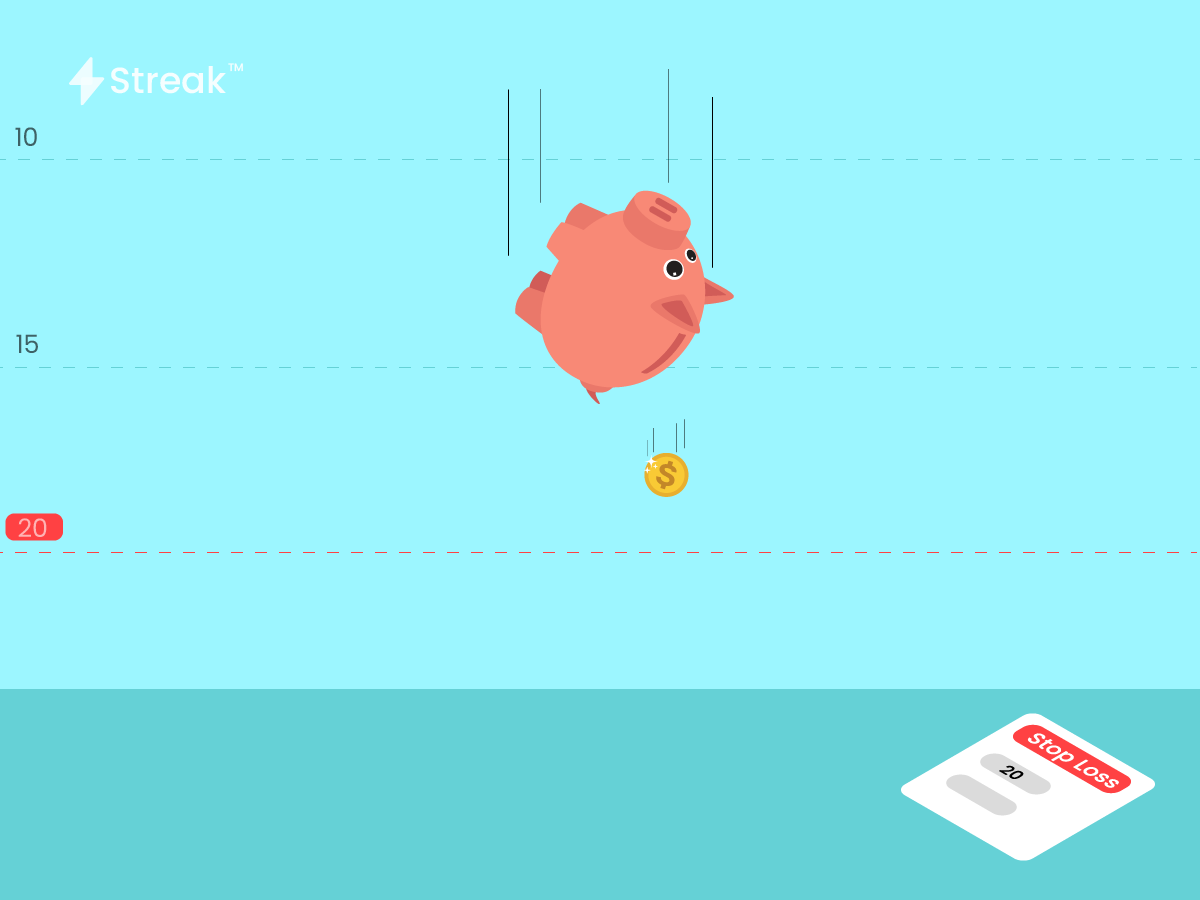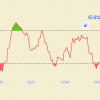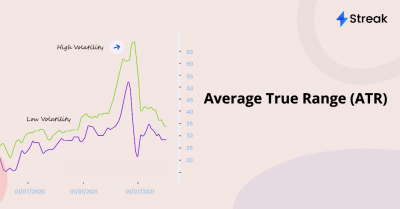To limit your risk on a trade, you need an exit plan! When a trade goes against you, a stop-loss order plays a crucial role. In simple words, it exits your trade once a certain price level is reached.
Here’s how it works
If you go long on a stock, a stop-loss order is placed below the entry price to close your position if the market price hits it.
If you go short on a stock, a stop-loss order is placed above the entry price to close your position if the market price hits it.
If you buy a stock at INR 200 and place a stop-loss order at INR 195, your stop-loss order will execute when the price reaches INR 195, thereby preventing further loss. If the price never dips down to INR 195, then your stop-loss order won’t execute.
Simple?
Next…
Why you should use a stop-loss order
With a Stop Loss order, you’re essentially insuring yourself from the risk while trading. And you’ll be glad that you set it up at times when the market moves against you.
A Stop Loss Order:
- Limits your losses
- Prevents you from blowing up your trading account
- Allows you to live and “fight” another day
- Allows you to sleep in peace at night
- Not to mention, a Stop Loss Order is FREE
The downside of using a stop-loss order
The only drawback of Stop Loss Order is during times when it’s too “tight.” You’ll keep getting stopped out of your trade. You’ve to keep seeing the price hit your stop-loss only for it to go in your favor later on – a double whammy.
But the thing is – a Stop Loss Order is necessary. Even with Streak, it is mandatory to put a stop-loss to proceed with your strategies.
Using Stop Loss the Right Way
Now, it’s common to think that if you hadn’t placed any stop loss, you could have stayed in the trade until the market reversed in your favor.
But what if it didn’t reverse? That is why it is important to know where to put your Stop-Loss. It is the most fundamental risk management strategy.
You need to identify the market structure and set your stop-loss order away from it:
Market structure refers to things like Support & Resistance, trendline, etc. It acts as a “barrier” to make it difficult for the price to go through. For example, you can think of Support as a “barrier” that prevents the price from dropping lower. So for you to not get stopped out easily, you’ve got to give it some “buffer”.
Another way to apply this concept is to put the stop-loss either above or below the “swing low” while going short or long respectively:
For example, a swing low occurs when the price falls and then bounces. It shows the price found support at that level. You want to trade in the direction of the trend. As you buy, the swing lows should be moving up.
Market Orders vs Limit Orders
Stop-loss orders are usually “market orders,” which means it will take whatever price is available once the bid, ask, or the last price touches stop-loss. If no one is willing to take the shares off your hands at that price, you could end up with a worse price than expected. This is called slippage. However, as long as you are trading stocks, currencies, or futures contracts with high volume, slippage isn’t usually an issue.
When the price of an asset reaches your stop-loss price, a limit order is automatically sent by your broker to close the position at the stop-loss price or a better price. Unlike the stop loss market order, which will close the trade at any price, the stop loss limit order will close it only at the stop loss price or better. This eliminates the slippage problem (which, again, isn’t a problem most of the time) but creates a bigger one: It doesn’t get you out of the trade when the price is moving aggressively against you.
ATR Trailing Stop Loss – Avoid Getting Stopped Out
A trailing stop loss is a way to move the exit point if the price is moving in your favor. It helps you trail your stop-loss either up or down. Not only that, it helps you exit a trade if the stock price moves against you. ATR (Average True Range) is a great way to identify your stop-loss. This indicator will give you an idea of how much the price typically moves over time
So, at the time of a trade, look at the current ATR reading. Then multiply the ATR by 2 (you can use any value that suits your trading style) to determine a reasonable stop loss point. If you’re buying a stock, you might place a stop loss at a level twice the ATR below the entry price. If you’re shorting a stock, you would place a stop loss at a level twice the ATR above the entry price.
Now comes the exciting part…
If you’re long and the price moves favorably, you continue to move the stop loss to twice the ATR below the price. In this scenario, the stop loss only ever moves up, not down. Once it is moved up, it stays there until it can be moved up again or the trade is closed as a result of the price dropping to hit the trailing stop loss level.
For example, say you take a long trade at INR 10 and the ATR is INR 0.10. You would place a stop loss at INR 9.80 (2 * INR 0.10 below INR 10). The price rises to INR 10.20, and the ATR remains at INR 0.10. The trailing stop loss is now moved up to INT 10. When the price moves up to INR 10.50, the stop loss moves up to INR 10.30, locking in at least a 30 paise profit on the trade. This would continue until the price falls to hit the stop-loss point.
The same applies vice versa while you have a short position with your stocks. Only in this case, the stop-loss only ever keeps moving down until the trend is over or the trend has reached a point of exhaustion.
Bottom Line
Stop-loss levels shouldn’t be placed at random locations. Where you place a stop-loss is a strategic choice that should be based on testing out and practicing multiple methods. Find out for yourself which strategy works best for you.
Establish a trading plan by defining how you will enter trades, how you will control risk, and how you will exit profitable trades. Isolating the trend direction and controlling risk on trades is of paramount concern when learning how to day trade. When starting, keep trading simple. Trade in the overall trending direction, and use a simple stop-loss strategy that allows for the price to move in your favor, but cuts your loss quickly if the price moves against you.
Frequently asked questions
Q1. What if I place a buy limit order to enter at the market structure with a tighter stop loss, but the price doesn’t retest that structure and I miss the trading opportunity altogether?
A1. If you miss that trading opportunity, then so be it because that’s part and parcel of trading and you won’t always catch every piece of the move. Alternatively, the price could create a new market structure that you can lean against to set your stop loss. The last thing you want to be doing is to chase the market as you’ll likely need a wider stop loss. That’s when the market is prone to a pullback or reversal, which would not be favorable for you.
Q2. If I want to trade stocks and I cannot decrease my position size any further, should I increase my % risk per trade just to have a stop loss in place?
A2. That’s a choice you have to make. Because if you’re someone with a smaller account, it could be difficult to risk 1% on each trade. You might have to deal with a 2% to 4% risk on each trade. At the same time, when you’re risking a larger percentage of your account, you should expect the drawdown to be deeper as well. To know more











